Books
06.01.17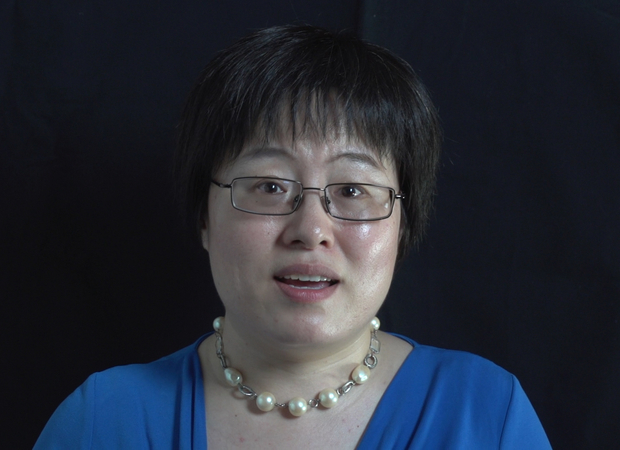
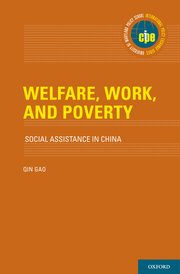
Welfare, Work, and Poverty
Welfare, Work, and Poverty provides the first systematic and comprehensive evaluation of the impacts and effectiveness of China’s primary social assistance program—the “dibao,” or “Minimum Livelihood Guarantee”—since its inception in 1993. The dibao serves the dual function of providing a basic safety net for the poor and maintaining social and political stability. Despite currently being the world’s largest welfare program in terms of population coverage, evidence on the dibao’s performance has been lacking. This book offers important new empirical evidence and draws policy lessons that are timely and useful for both China and beyond. Specifically, author Qin Gao addresses the following questions:How effective has the dibao been in targeting the poor and alleviating poverty?Have dibao recipients been dependent on welfare or able to move from welfare to work?How has the dibao affected recipients’ consumption patterns and subjective well-being?Do they use dibao subsidies to meet survival needs (such as food, clothing, and shelter) or to invest in human capital (such as health and education)?Are they distressed by the stigma associated with receiving dibao, or do they become more optimistic about the future and enjoy greater life satisfaction because of dibao support?And finally, what policy lessons can we learn from the existing evidence in order to strengthen and improve the dibao in the future?Answers to these questions not only help us gain an in-depth understanding of the dibao’s performance, but also add the Chinese case to the growing international literature on comparative welfare studies. Welfare, Work, and Poverty is essential reading for political scientists, economists, sociologists, public policy researchers, and social workers interested in learning about and understanding contemporary China. —Oxford University Press{chop}Related Reading:“Welfare, Work, and Poverty: How Effective is Social Assistance in China?,” by Qin Gao, China Policy Institute: Analysis
ChinaFile Recommends
09.23.16Mother’s Killing of 4 Children Reveals Cracks in Anti-Poverty Drive
Corruption, red tape has led to most vulnerable citizens receiving little help
Sinica Podcast
03.01.14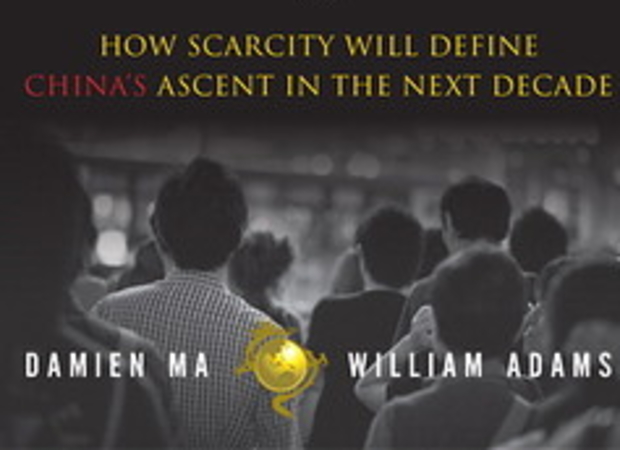
In Line Behind a Billion People
from Sinica Podcast
This week on Sinica, Kaiser and Jeremy are joined by Damien Ma, author of In Line Behind a Billion People, a new book for China-watchers looking at how China’s lack of affordable housing, its food and air pollution, and the country’s poor education...
Books
10.28.13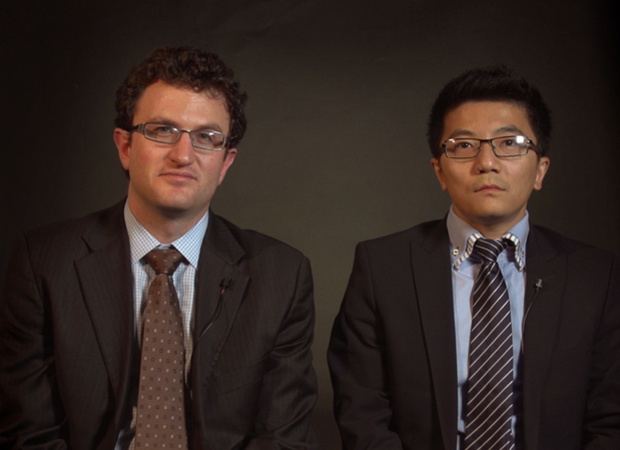
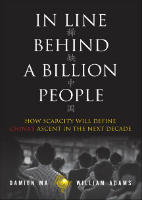
In Line Behind a Billion People
Nearly everything you know about China is wrong! Yes, within a decade, China will have the world’s largest economy. But that is the least important thing to know about China. In this enlightening book, two of the world’s leading China experts turn the conventional wisdom on its head, showing why China’s economic growth will constrain rather than empower it. Pioneering political analyst Damien Ma and global economist Bill Adams reveal why, having thirty-five years of ferocious economic growth, China’s future will be shaped by the same fundamental reality that has shaped it for millennia: scarcity.{node, 4231}Ma and Adams drill deep into Chinese society, illuminating all the scarcities that will limit its power and progress. Beyond scarcities of natural resources and public goods, they illuminate China’s persistent poverties of individual freedoms, cultural appeal, and ideological legitimacy—and the corrosive loss of values and beliefs amongst a growing middle class shackled by a parochial and inflexible political system. Everyone knows “the 21st century is China’s to lose”—but, as with so many things that “everyone knows,” that’s just wrong. Ma and Adams get beyond cheerleading and fearmongering to tell the complex truth about China today. This is a truth you need to hear—whether you’re an investor, business decision-maker, policymaker, or citizen. —Pearson{chop}
Reports
11.27.12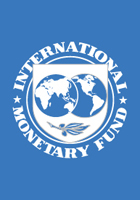
Is China Over-Investing and Does it Matter?
Luo Xiaoyuan
International Monetary Fund (IMF)
Now close to 50 percent of GDP, this paper assesses the appropriateness of China’s current investment levels. It finds that China’s capital-to-output ratio is within the range of other emerging markets, but its economic growth rates stand out,...
Reports
12.01.07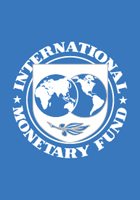
High Growth and Low Consumption in East Asia: How to Improve Welfare While Avoiding Financial Failures
International Monetary Fund (IMF)
This paper analyzes certain policies that are typical of a number of rapidly growing East Asian countries in which a fixed exchange rate, combined with a surplus labor market, has made domestic assets relatively inexpensive, generating high rates of...



